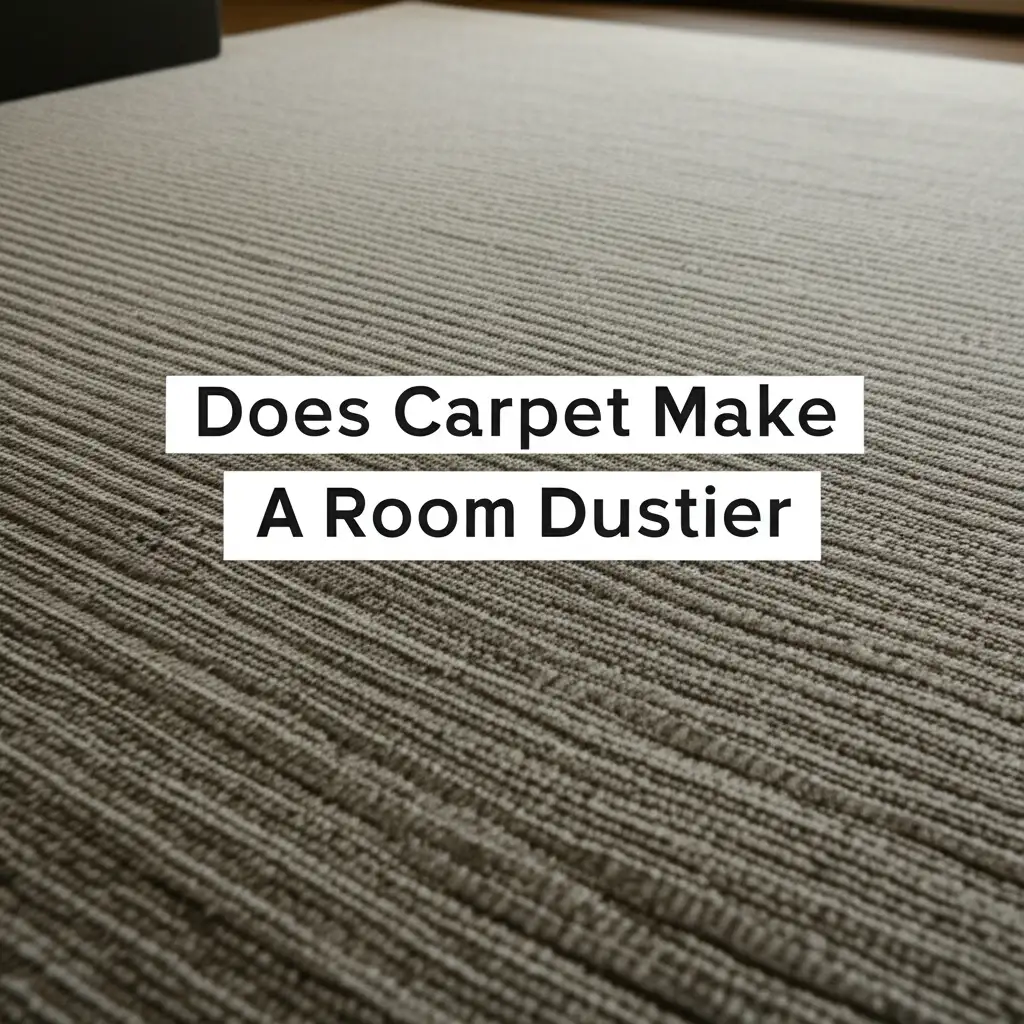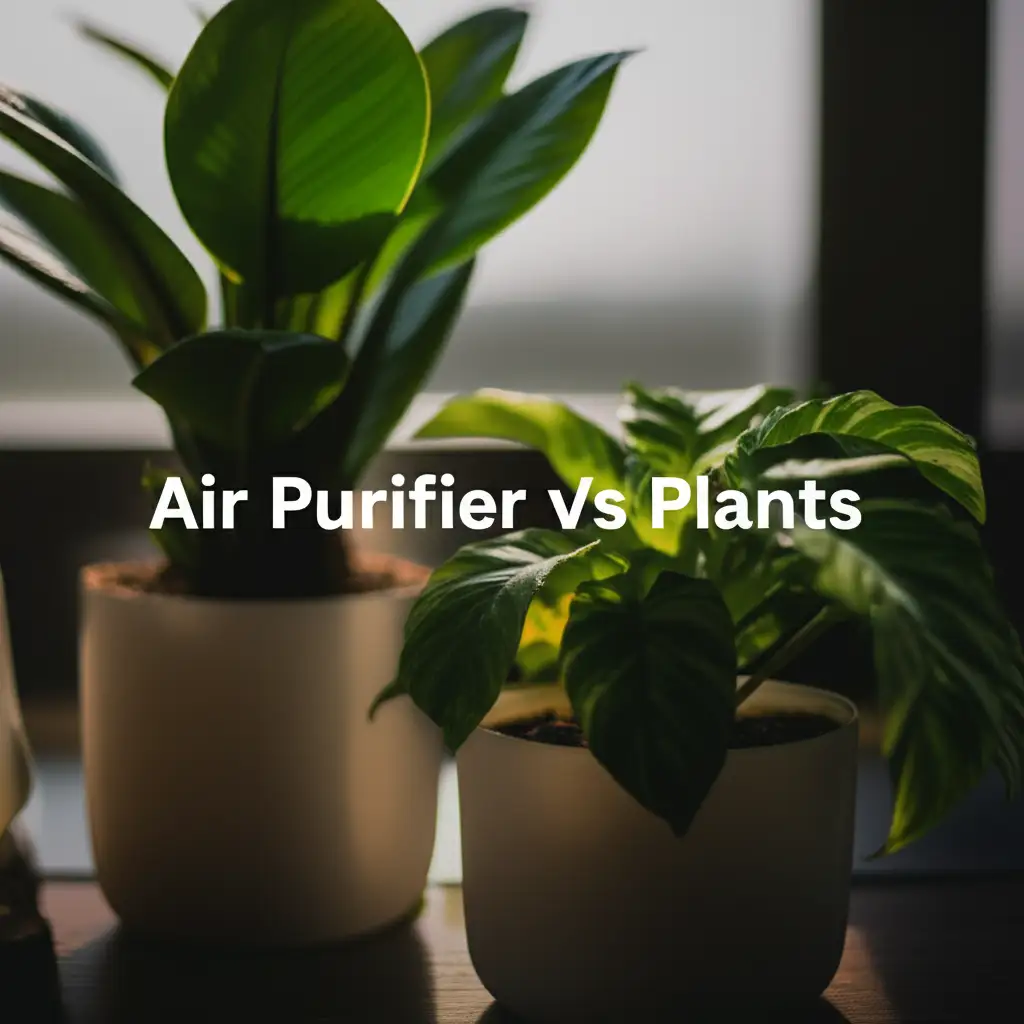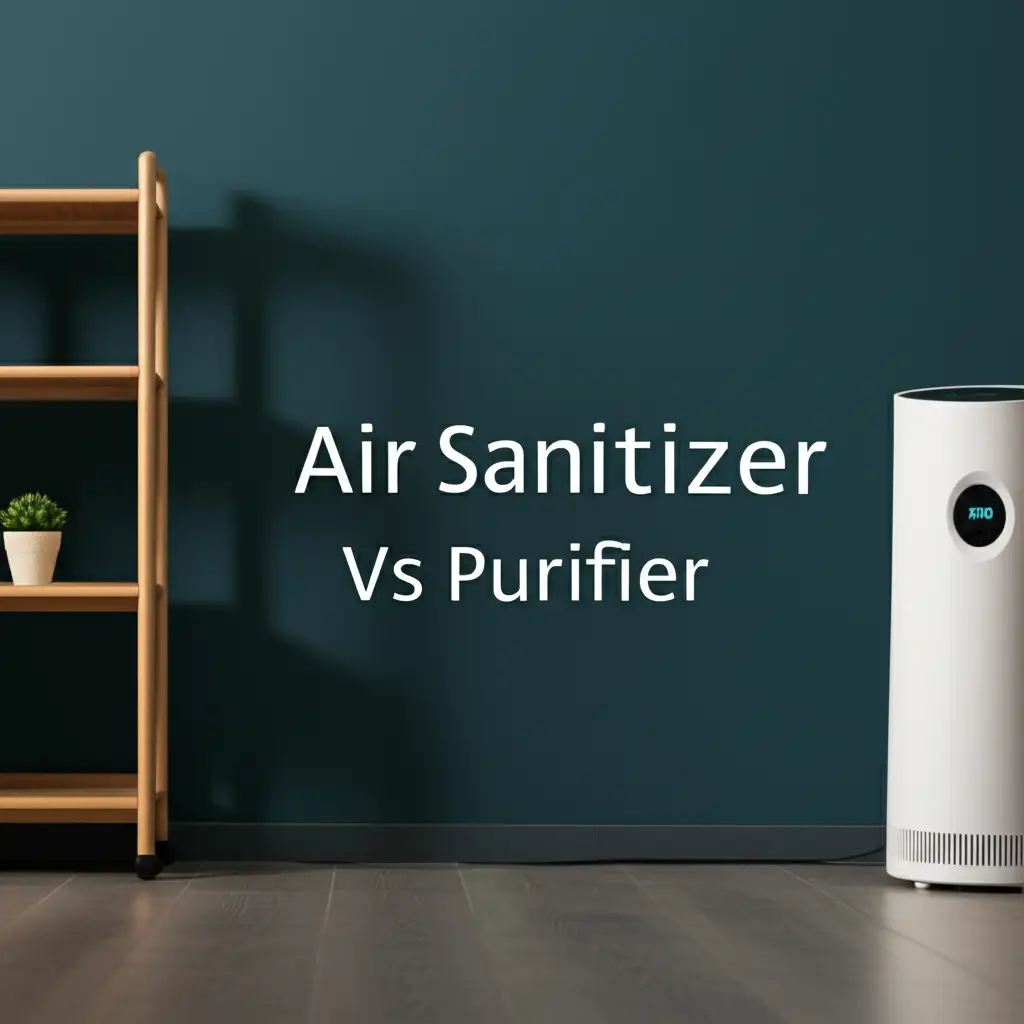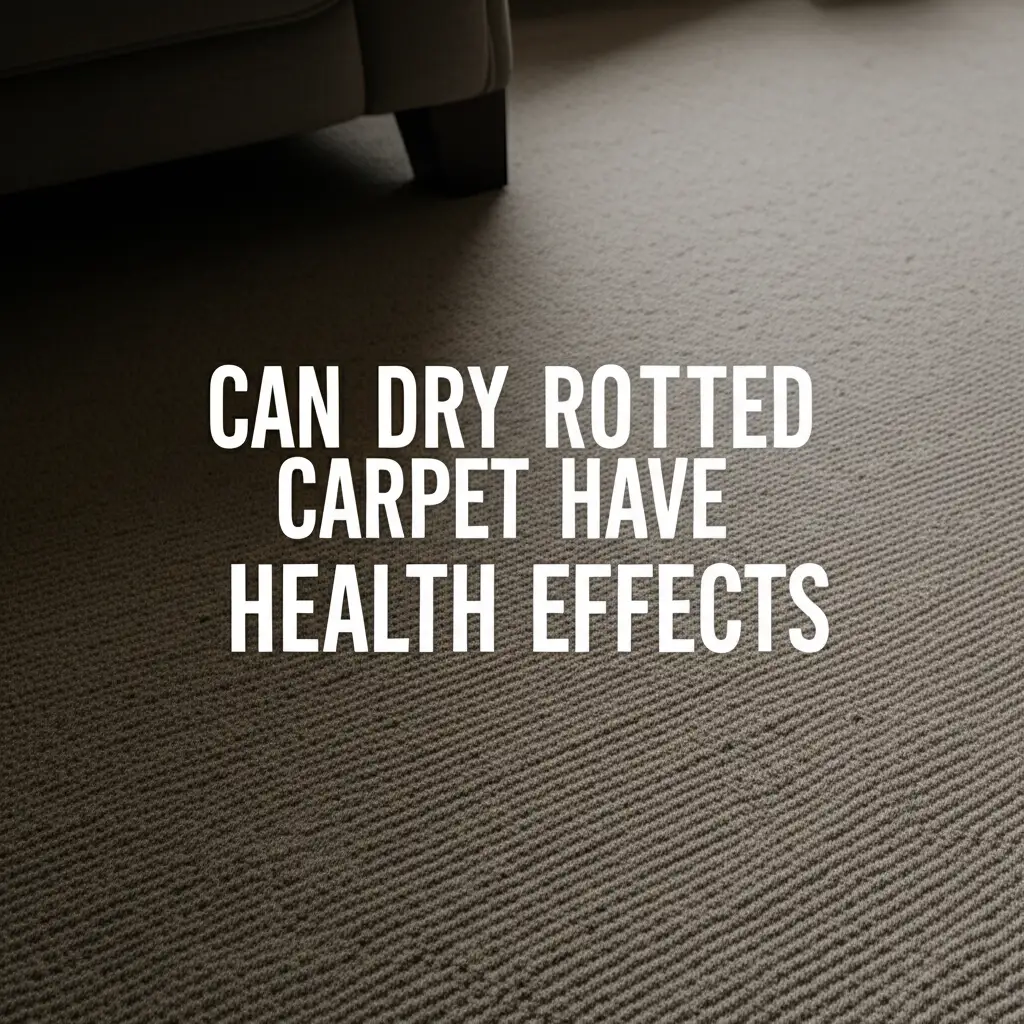· Liora Benning · Indoor Air Quality · 15 min read
Can New Carpet Cause Bronchitis
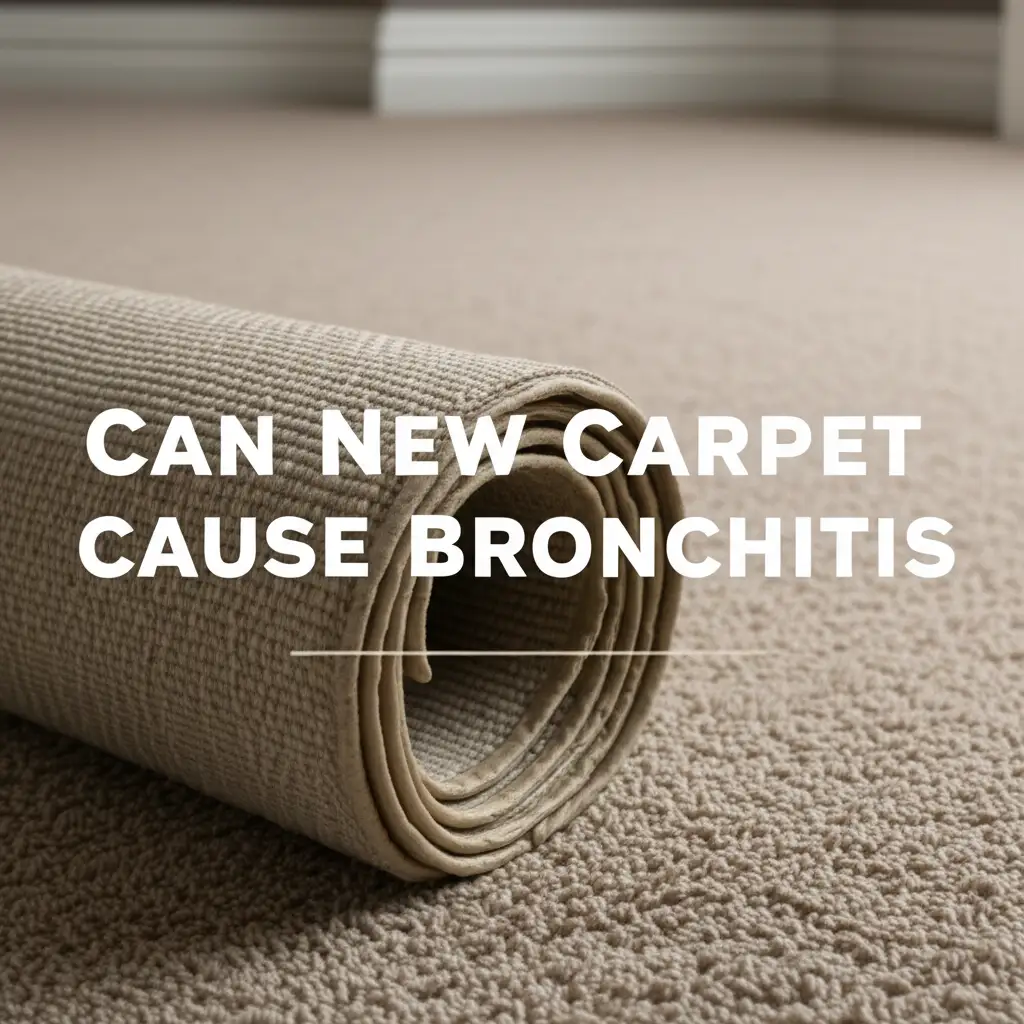
Can New Carpet Cause Bronchitis?
You just installed beautiful new carpet. The fresh smell fills your home. You might think, “This is wonderful.” But then, a nagging cough starts. Your throat feels scratchy. You wonder if this new carpet could cause bronchitis symptoms. It is a valid question many homeowners ask.
The “new carpet smell” comes from chemicals. These chemicals evaporate into the air. They can affect your health. This article explores how new carpet can impact your respiratory system. We will look at what causes the smell. We will also discuss how to protect your health. Our goal is to provide clear information. You will learn to enjoy your new carpet safely.
Takeaway:
- New carpet off-gasses Volatile Organic Compounds (VOCs).
- VOCs can irritate the respiratory system, mimicking bronchitis symptoms.
- Pre-existing conditions increase health risks from new carpet exposure.
- Ventilation during and after installation is crucial.
- Choosing low-VOC products helps reduce health impacts.
Can new carpet cause bronchitis?
New carpet can contribute to respiratory irritation, potentially worsening or triggering bronchitis-like symptoms, especially in sensitive individuals. This occurs primarily due to the off-gassing of Volatile Organic Compounds (VOCs) and fine particles from the carpet materials and adhesives, which act as irritants to the airways.
Understanding the “New Carpet Smell”: What are VOCs?
That distinct smell of new carpet is something everyone recognizes. This smell is not simply “freshness.” It indicates the release of chemicals into your home’s air. We call these chemicals Volatile Organic Compounds, or VOCs. They are substances that evaporate easily at room temperature.
New carpet materials contain many different chemicals. Adhesives used during installation also release VOCs. These chemicals include formaldehyde, benzene, and toluene. They contribute significantly to indoor air pollution. Understanding these compounds is important. They affect the air you breathe inside your home.
Sources of VOCs in New Carpet
VOCs come from various parts of new carpet. The carpet fibers themselves can off-gas chemicals. The backing material often contains styrene-butadiene rubber (SBR). This SBR also releases VOCs. Dyes and treatments applied to the carpet contribute more chemicals. These treatments might protect against stains or static.
Adhesives are a major source of VOCs. Workers use these glues to secure the carpet to the floor. Some glues contain strong solvents. These solvents evaporate into the air. They can remain present for a long time. Even if you use a “low-VOC” carpet, adhesives can still be an issue. Always consider all components of your new carpet system.
How Off-Gassing Affects Indoor Air Quality
Off-gassing is the process of VOCs releasing into the air. This process begins immediately after carpet installation. It can continue for weeks or even months. The concentration of VOCs is highest right after installation. Poor ventilation traps these chemicals inside your home. This makes the air unhealthy to breathe.
High levels of indoor VOCs can cause various health problems. You might experience headaches. Your eyes, nose, or throat may feel irritated. Some people report dizziness or nausea. These symptoms show that your indoor air quality is poor. Improving ventilation helps reduce these chemical concentrations. Understanding what is car carpet made of can also provide insight into materials and potential off-gassing, as similar materials might be used in home carpets.
New Carpet and Respiratory Irritation
New carpet often causes irritation in the respiratory system. This happens because of the chemicals it releases. These chemicals, mainly VOCs, can affect your airways. People often describe a scratchy throat or a persistent cough. These are common signs of irritation.
The body reacts to foreign substances. Your respiratory system tries to expel these irritants. This can lead to inflammation. While not always true bronchitis, the symptoms feel similar. Understanding this irritation helps you take steps to reduce your exposure. You can protect your lungs.
Immediate Effects on Airways
When you breathe in VOCs, they directly contact your respiratory tract. Your nose, throat, and lungs are affected. Some people feel a burning sensation. Others experience nasal congestion or sneezing. These are immediate responses. They happen as your body tries to clear the irritants.
These initial reactions are a warning sign. They tell you that your indoor air quality needs improvement. The air has too many irritating particles or chemicals. Young children and older adults are more sensitive. People with existing respiratory conditions also react quickly. Pay attention to these immediate signs.
Distinguishing Irritation from Bronchitis
Respiratory irritation and bronchitis share symptoms. Both can cause coughing and a sore throat. However, they are different conditions. Irritation means your airways are bothered by something. Bronchitis is an actual inflammation of the bronchial tubes. This inflammation often comes from an infection.
New carpet typically causes irritation. It makes your airways sensitive. This sensitivity might make you more vulnerable to infections. So, new carpet might not cause bronchitis directly. But it can create an environment where bronchitis is more likely to develop. Your lungs become less able to fight off germs.
Bronchitis Explained: Types and Causes
Bronchitis is a respiratory condition. It involves inflammation of the bronchial tubes. These tubes carry air to and from your lungs. When they become inflamed, they swell. This swelling narrows your airways. It also produces mucus. This mucus can cause a cough.
There are two main types of bronchitis. They have different causes and durations. Understanding these types helps to see how new carpet might fit in. It is important to know what causes each type. This knowledge helps you protect your health.
Acute Bronchitis: Short-Term Inflammation
Acute bronchitis is a common illness. It often follows a cold or flu. Viruses are the main cause. Bacteria can also cause acute bronchitis. Symptoms include a cough, sore throat, and chest discomfort. This type of bronchitis usually lasts a few weeks. It goes away on its own.
New carpet itself does not cause viral or bacterial infections. However, new carpet can irritate your airways. This irritation might make your lungs more vulnerable. If your airways are already inflamed from VOCs, they might be weaker. They could have trouble fighting off a virus. This could make you more likely to get acute bronchitis.
Chronic Bronchitis: Long-Term Airway Issues
Chronic bronchitis is a more serious condition. It lasts for months or years. It is a form of Chronic Obstructive Pulmonary Disease (COPD). Long-term exposure to irritants causes it. Cigarette smoke is the most common cause. Exposure to chemical fumes or dust over time also contributes.
New carpet chemicals contribute to indoor air pollution. Prolonged exposure to high levels of VOCs could contribute to chronic airway irritation. This irritation might worsen existing chronic lung conditions. It is unlikely for new carpet alone to cause chronic bronchitis. But it can be one factor among many. Reducing all irritants in your home is important.
How New Carpet Fits into the “Irritant” Category
New carpet off-gasses various chemicals. These chemicals are irritants. They can irritate your airways. For someone with sensitive lungs, this irritation is a problem. It can lead to coughing and discomfort. It mimics some symptoms of bronchitis.
The irritation from new carpet is usually temporary. It lessens as the carpet off-gasses over time. But if you have asthma or allergies, you may react more strongly. Your body’s response to irritants is unique. Always consider your personal health. Avoid unnecessary exposure to chemical irritants.
Factors Increasing Risk of Bronchitis from New Carpet
Not everyone reacts the same way to new carpet. Some people experience few or no symptoms. Others develop noticeable respiratory issues. Several factors influence your risk. These factors include your personal health and the environment. Understanding these risks helps you make informed choices. You can protect yourself and your family.
Paying attention to these factors is a wise step. It helps you decide if new carpet is right for your home. It also guides you on how to install it safely. Your health is important. Make choices that support your well-being.
Pre-existing Respiratory Conditions and Sensitivities
People with existing respiratory problems are at higher risk. If you have asthma, you are more sensitive to irritants. VOCs from new carpet can trigger an asthma attack. Allergies also make you more susceptible. Your immune system might overreact to chemicals. Children and older adults also have more sensitive respiratory systems. Their bodies are less able to handle airborne chemicals.
If you or a family member has these conditions, be cautious. Talk to your doctor before installing new carpet. Consider alternative flooring options. Hard surfaces do not off-gas in the same way. They also trap fewer allergens. Your doctor can offer specific advice.
Poor Ventilation During and After Installation
Ventilation is key to reducing risks. When carpet is installed, a strong “new carpet smell” appears. This smell indicates high VOC levels. If windows and doors are closed, these chemicals stay trapped. High concentrations of VOCs significantly increase your risk. This can lead to more severe irritation.
Proper ventilation helps remove these chemicals. Open windows during installation. Use fans to pull air out of the room. Keep windows open for several days or weeks afterward. Air movement disperses the VOCs. This lowers their concentration. Good ventilation protects your lungs.
Type of Carpet and Installation Method
The type of new carpet you choose affects off-gassing. Some carpets are made with fewer VOCs. These are often labeled “low-VOC” or “Green Label Plus” certified. They are safer choices. Carpet padding and adhesives also matter. Some glues contain many harsh chemicals. Water-based adhesives are often better.
The installation method plays a role. Direct-glue down methods use more adhesive. This means more VOCs release into the air. Tack-strip installation uses less glue. It may be a better option for sensitive individuals. When considering how much will new carpet cost, consider the cost of safer materials. Investing in low-VOC products is an investment in your health. You can also explore options like what is pet carpet for specific material compositions.
Mitigating Risks: Steps Before and After Installation
Installing new carpet does not have to mean breathing unhealthy air. You can take many steps to reduce risks. These actions protect your health. They make your home safer. Planning ahead is very important. Think about air quality before the carpet arrives.
Taking these precautions helps you enjoy your new floor. You can minimize exposure to chemicals. Your family will breathe easier. A healthy home environment supports everyone’s well-being. Make smart choices for your home.
Choose Low-VOC and Certified Products
Always look for low-VOC carpet and padding. Many manufacturers now offer “Green Label Plus” certified products. This certification means the carpet meets strict indoor air quality standards. These products release fewer chemicals. They create a healthier indoor environment. Ask your retailer about these options.
Do not forget the adhesives. Many companies make low-VOC or zero-VOC glues. Ask your installer to use these. They reduce chemical exposure significantly. Investing in these products is a smart move. It lessens the amount of harmful substances in your air.
Ensure Proper Ventilation During Off-Gassing
Ventilation is the most important step. Plan to ventilate the area during installation. Open windows and doors wide. Use exhaust fans to draw air out. Point box fans towards windows to push air outside. This helps remove VOCs as they off-gas.
Continue ventilation for several days or weeks after installation. The off-gassing process lasts for a while. Keep windows open as much as possible. If weather permits, open them overnight too. The goal is to flush out the chemicals. Consider staying somewhere else for the first few days if you are very sensitive. Following tips like how to keep a carpet down often involves proper adhesive usage, which directly impacts VOC release.
Pre-conditioning and Cleaning the Space
Some people choose to “pre-condition” their new carpet. This means unrolling it in a garage or well-ventilated area. Let it air out for a few days before installation. This allows some VOCs to release away from your living space. It is a simple step that helps a lot.
After installation, clean the room thoroughly. Vacuum with a HEPA filter vacuum cleaner. This helps remove any dust or particles settled during installation. Consider running an air purifier with activated carbon filters. These filters can absorb VOCs from the air. Regular cleaning improves indoor air quality.
When to Seek Medical Attention
While new carpet primarily causes irritation, some symptoms warrant medical attention. It is important to know when to contact a doctor. Your health is a priority. Do not ignore severe or persistent symptoms. Early medical advice can prevent worse conditions.
Understanding the signs helps you decide. Always listen to your body. If symptoms get worse or do not go away, seek help. A doctor can provide a diagnosis. They can offer proper treatment.
Persistent or Worsening Respiratory Symptoms
A mild cough or scratchy throat might be common with new carpet. But if your cough becomes persistent, see a doctor. If you develop wheezing or shortness of breath, get medical help. These are signs of more significant respiratory distress. Your airways might be more inflamed than just from irritation.
Do not wait for symptoms to become severe. If you experience chest tightness or difficulty breathing, this is serious. Seek immediate medical attention. These symptoms could indicate an asthma attack. They might also point to developing bronchitis or other lung issues.
Fever, Chest Pain, or Discolored Mucus
Other symptoms clearly indicate a need for medical advice. If you develop a fever, it means your body is fighting an infection. New carpet does not cause fever directly. A fever combined with a cough might mean you have bronchitis caused by a virus or bacteria.
Chest pain or tightness, especially when breathing, is concerning. If your cough produces discolored mucus (yellow, green, or blood-tinged), this is also a red flag. These are not typical new carpet exposure symptoms. They suggest an infection or another underlying problem. A doctor can assess your condition. They can provide an accurate diagnosis.
Long-Term Indoor Air Quality and Carpet Maintenance
Once the new carpet smell fades, your work is not done. Long-term indoor air quality relies on good maintenance. Carpet can trap dust, allergens, and other particles. Proper cleaning keeps your home healthy. It also extends the life of your carpet.
Regular care protects your respiratory system. It prevents the buildup of harmful substances. This section gives practical tips. Follow these steps for a healthy home environment.
Regular Vacuuming and Professional Cleaning
Vacuum your carpet regularly. Use a vacuum cleaner with a HEPA filter. This filter traps small particles. Vacuum at least twice a week. More often if you have pets or allergies. Regular vacuuming removes dust, dander, and allergens. It prevents these from building up in the carpet fibers.
Professional cleaning is also important. Schedule professional carpet cleaning every 12-18 months. Professionals use powerful equipment. They remove deep-seated dirt and allergens. They can also extract moisture effectively. This prevents mold growth. For different carpet types, knowing what is low carpet and high carpet setting on vacuum helps optimize cleaning.
Addressing Spills and Moisture Promptly
Accidental spills happen. Clean them immediately. Lingering moisture can lead to mold and mildew growth. Mold releases spores into the air. These spores are strong allergens and irritants. They can cause respiratory problems. They can also worsen existing conditions.
Blot spills, do not rub. Use a clean cloth. Dry the area completely. You can use fans or a dehumidifier. If you have a large spill, consider a wet-dry vacuum. Quick action prevents mold. For specific cleaning methods, see guides like how to clean a bathroom carpet or can you dry clean a carpet. If you have a machine-made carpet, consult how to clean a machine made carpet cleaning for specific instructions.
Humidity Control and Air Purification
Control humidity levels in your home. High humidity encourages mold and dust mites. Aim for humidity between 30% and 50%. Use a dehumidifier in damp areas like basements. Use a humidifier in dry climates to prevent static and dry airways. Balanced humidity is good for your health and your carpet.
Consider using an air purifier. A good air purifier can remove airborne particles. It can also filter out some VOCs. Look for models with both HEPA and activated carbon filters. Place the purifier in main living areas or bedrooms. It provides an extra layer of protection for your indoor air quality.
FAQ Section
How long does new carpet off-gas?
New carpet off-gasses most heavily in the first 72 hours. Significant off-gassing can continue for several weeks. Some minor off-gassing may persist for months. Ventilation is key during this period. Keep windows open to reduce chemical concentrations.
Are all new carpets bad for health?
Not all new carpets are bad. Modern carpets have improved. Many manufacturers offer low-VOC options. Look for “Green Label Plus” certification. These carpets release fewer chemicals. They are safer choices for your home’s air quality.
What are symptoms of new carpet exposure?
Symptoms of new carpet exposure include eye, nose, and throat irritation. You might experience headaches or dizziness. Some people report a cough or shortness of breath. These symptoms often lessen with ventilation. They improve as off-gassing decreases.
Can carpet fumes cause lung damage?
Long-term exposure to high levels of some VOCs can impact lung health. However, new carpet fumes usually cause temporary irritation. They typically do not cause permanent lung damage for most people. Sensitive individuals or those with pre-existing conditions face higher risks. Good ventilation prevents prolonged exposure.
Is it safe to sleep on new carpet?
It is safest to avoid sleeping on new carpet for the first 24-72 hours. This is when VOC levels are highest. Ventilate the room well. If you are very sensitive, stay elsewhere during this initial period. Return when the strong smell has faded.
Does cleaning new carpet help with off-gassing?
Cleaning new carpet shortly after installation might help remove surface dust. However, it does not stop the chemical off-gassing process. Off-gassing happens as chemicals evaporate from the carpet materials. Proper ventilation is the most effective way to reduce airborne VOCs.
Conclusion
Installing new carpet transforms your home. It creates a fresh, inviting look. Yet, it also introduces chemicals into your indoor air. The question “Can new carpet cause bronchitis?” highlights a real concern. New carpet primarily causes respiratory irritation due to VOCs. These irritants can mimic bronchitis symptoms. They can also worsen existing lung conditions.
Protecting your health requires simple steps. Choose low-VOC carpets and adhesives. Ensure proper ventilation during and after installation. Maintain good indoor air quality through regular cleaning. Pay attention to your body’s signals. Seek medical advice for persistent or severe symptoms. You can enjoy your beautiful new carpet. Just prioritize healthy air. Make informed choices. Create a safe and comfortable home for everyone.
- new carpet
- bronchitis
- VOCs
- indoor air pollution
- respiratory health
- carpet installation
- home health
- chemical exposure


